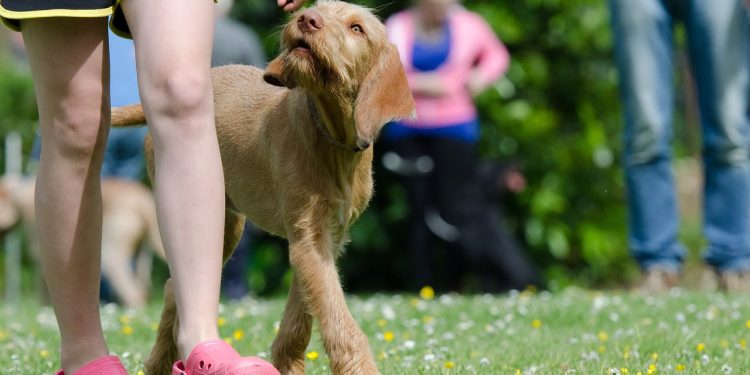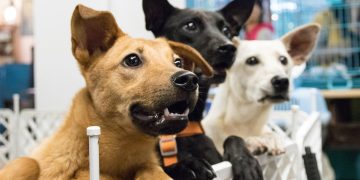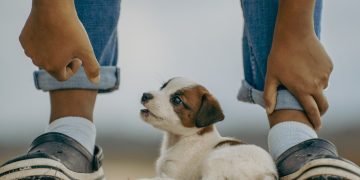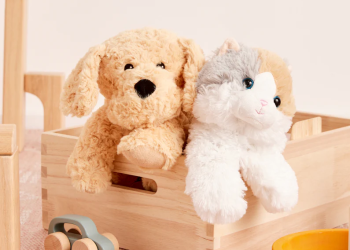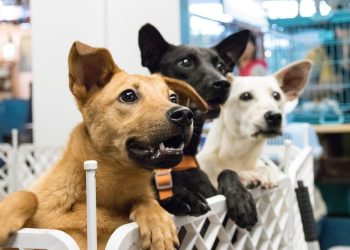Pets communicate primarily through body language, using posture, movement, and expressions to express their emotions and intentions. Understanding your pet’s body language is essential for building a stronger bond, addressing behavioral issues, and ensuring their well-being. Whether you’re interacting with a dog, cat, or another animal, recognizing their non-verbal cues can help you interpret their feelings and respond appropriately.
Why Understanding Body Language Matters
Enhances Communication
Learning to read your pet’s signals fosters better communication and mutual understanding.
Prevents Behavioral Issues
By recognizing signs of stress or discomfort early, you can address potential problems before they escalate.
Strengthens Your Bond
Responding to your pet’s emotional needs shows them you care, deepening your relationship.
Canine Body Language
Dogs are expressive animals that use their entire body to communicate. Here are common signals to look for:
Happy and Relaxed
- Tail: Wagging loosely or held at a neutral height.
- Ears: Relaxed or slightly forward.
- Mouth: Open with a gentle pant, resembling a smile.
- Body Posture: Loose and wiggly movements.
Playful
- Play Bow: Front legs stretched out, chest lowered, and rear end in the air.
- Tail: Wagging energetically.
- Ears: Upright or slightly forward.
- Eyes: Bright and focused.
Anxious or Fearful
- Tail: Tucked between the legs or held low.
- Ears: Pulled back or flat against the head.
- Eyes: Wide, with visible whites (whale eye).
- Body Posture: Crouched or leaning away.
- Other Signs: Lip licking, yawning, or excessive panting.
Aggressive or Defensive
- Tail: Stiff and raised, sometimes wagging slowly.
- Ears: Pinned back or forward, depending on the context.
- Mouth: Bared teeth or growling.
- Body Posture: Stiff, leaning forward, or standing tall.
- Eyes: Intense, direct stare.
Submissive
- Tail: Tucked or wagging low.
- Ears: Pulled back.
- Body Posture: Rolling onto their back or crouching low.
- Other Signs: Avoiding eye contact, licking another dog or person.
Feline Body Language
Cats are more subtle in their communication, but their body language speaks volumes. Here’s what to look for:
Content and Relaxed
- Tail: Held upright or gently curled.
- Ears: Forward and relaxed.
- Eyes: Slow blinking or half-closed.
- Body Posture: Lying on their side, stretched out, or loaf position (paws tucked under).
Playful
- Tail: Swishing or flicking with excitement.
- Ears: Upright and alert.
- Eyes: Dilated pupils.
- Body Posture: Pouncing, crouching, or batting objects.
Anxious or Stressed
- Tail: Tucked close to the body or puffed up.
- Ears: Flattened or swiveling.
- Eyes: Wide, with dilated pupils.
- Body Posture: Crouched, hiding, or attempting to escape.
Aggressive or Defensive
- Tail: Puffing up or thumping against the ground.
- Ears: Flattened sideways or backward.
- Eyes: Direct stare, with dilated pupils.
- Body Posture: Arched back, fur standing on end, and standing sideways to appear larger.
- Vocalizations: Growling, hissing, or spitting.
Small Animal Body Language
Rabbits, guinea pigs, and other small animals also use body language to communicate:
Happy and Relaxed
- Rabbits:
- Lying stretched out with legs extended.
- Gentle tooth grinding (a sign of contentment).
- Guinea Pigs:
- Popcorning (jumping and twisting in the air).
- Chirping or purring softly.
Anxious or Fearful
- Rabbits:
- Ears flattened against the body.
- Thumping hind legs.
- Guinea Pigs:
- Freezing in place.
- High-pitched squealing.
Defensive
- Rabbits:
- Lunging or boxing.
- Growling or grunting.
- Guinea Pigs:
- Teeth chattering.
- Showing teeth.
Interpreting Mixed Signals
Sometimes pets exhibit conflicting signals, such as wagging their tail while growling. In these cases:
- Consider the Context: Evaluate the environment and recent events to understand their emotions.
- Look at the Whole Body: Focus on the combination of signals rather than one isolated action.
Responding to Your Pet’s Body Language
Positive Signals
- Encourage Interaction: Reward relaxed and happy behavior with treats, play, or affection.
- Engage in Activities: Use positive signals as an opportunity to bond through play or training.
Anxious or Fearful Signals
- Remove Stressors: Identify and eliminate triggers, such as loud noises or unfamiliar people.
- Provide Comfort: Offer a safe space where your pet can retreat.
- Avoid Overwhelming Them: Give your pet time to adjust to new environments or experiences.
Aggressive Signals
- Stay Calm: Avoid reacting aggressively or shouting, as it can escalate the situation.
- Give Space: Allow your pet to retreat or calm down.
- Seek Professional Help: If aggression persists, consult a veterinarian or behaviorist.
Building a Stronger Connection Through Body Language
Observe and Learn
Spend time watching your pet in various situations to understand their unique communication style.
Practice Consistent Responses
Respond predictably to your pet’s signals to build trust and confidence.
Use Training to Enhance Communication
Teach commands like “sit,” “stay,” or “come” to improve understanding and control in various situations.
Understanding your pet’s body language is a vital skill that fosters trust, enhances communication, and ensures their well-being. By observing and interpreting their signals, you can provide a safe, supportive environment where your pet feels understood and loved.

